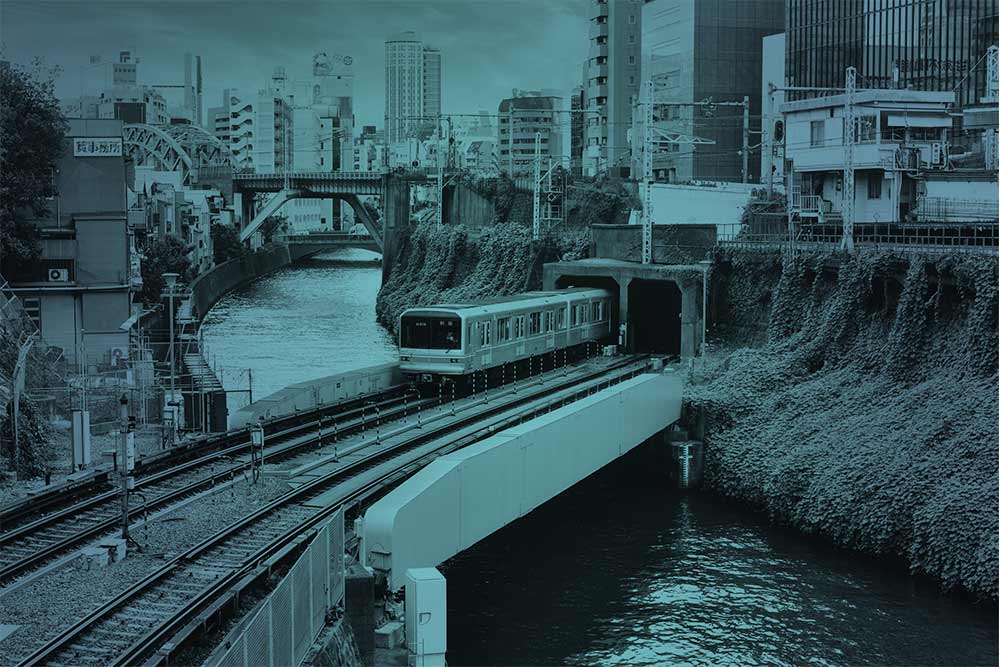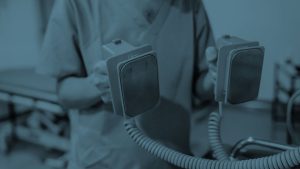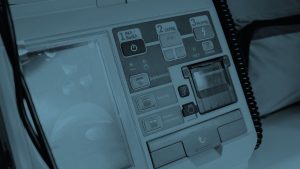
Aim of the study was to investigate the effectiveness of public-access automated external defibrillators (AEDs) at Tokyo railroad stations. The study analysed data from a population-based registry of out-of-hospital cardiac arrests in Tokyo, Japan (2014-2018). The primary outcome was survival at 1 month after cardiac arrest with favourable neurological outcomes. Among 280 eligible patients who had bystander-witnessed cardiac arrest and received defibrillation at railroad stations, 245 patients (87.5%) received defibrillation using public-access AEDs and 35 patients (12.5%) received defibrillation administered by emergency medical services (EMS). Favourable neurological outcomes at 1 month after cardiac arrest were significantly more common in the group that received defibrillation using public-access AEDs (50.2% vs. 8.6%; adjusted odds ratio: 11.2, 95% confidence interval: 1.43-88.4) than in the group that received defibrillation by EMS. Over a 5-year period, favourable neurological outcomes at 1 month after cardiac arrest of 101.9 cases (95% confidence interval: 74.5-129.4) were calculated to be solely attributable to public-access AED use. The incremental cost-effectiveness ratio to gain one favourable neurological outcome obtained from public-access AEDs at railroad stations was lower than that obtained from nationwide deployment (48.5 vs. 2133.4 AED units). Conclusion: Deploying public-access AEDs at Tokyo railroad stations presented significant benefits and cost-effectiveness. Thus, it may be prudent to prioritise metropolitan railroad stations in public-access defibrillation programs.






